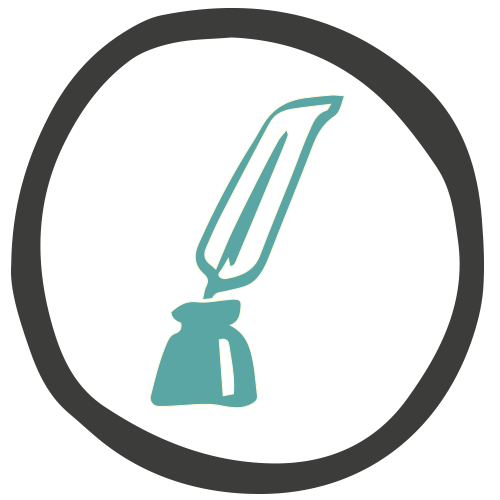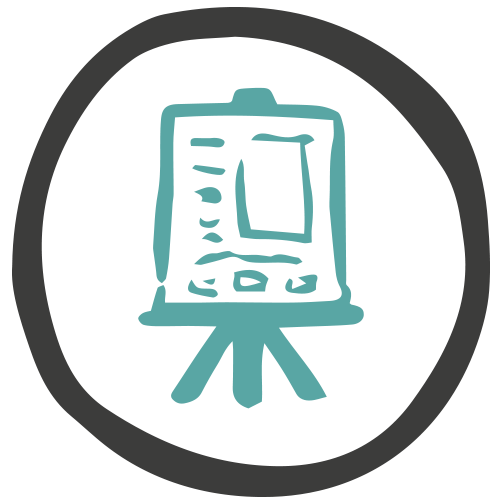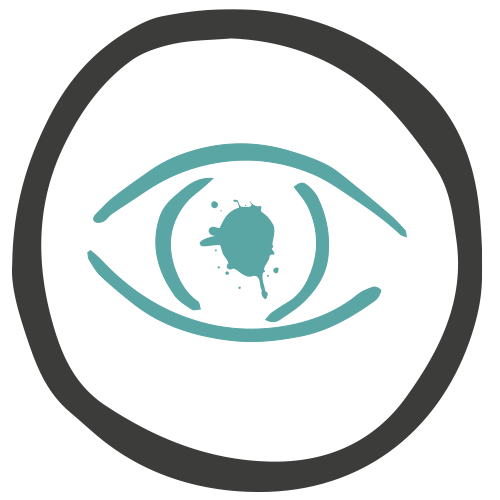GETTING BEYOND THE BINARY
In our school some of us are expressing our gender in ways that challenge society’s expectations of what a boy or girl might be or do. Some of us want to change our gender pronouns (e.g. from he to she). Some of us don’t want to be identified as gendered at all (e.g. agender). Some of us are just fed up with how gender norms get under our skin and stop us doing things.
But it’s hard when school rules and cultures reinforce gender norms everyday, by dividing us into ‘boys’ and ‘girls’ for class quizzes, sitting boys next to girls in tests, or have a gendered uniform policy and gender segregated toilets. We wanted to change this by showing how diverse gender already is and always has been and how damaging it can be for all young people and staff to put us into boxes that don’t fit us.
Rotifer: bacteria that live in an all-female world and reproduce by themselves
“We wanted to let people know that in the animal AND human world sex is not just ‘male’ and ‘female’. There are also many different genders and there is nothing natural about traditional gender roles”


GENDER PLAY STAFF WORKSHOP
1: FACT FINDING: THE WONDERFUL NATURE OF GENDER
We researched all the creatures on land and in water that were sex or gender-bending and sex or gender-switching. We also included species that challenged traditional gender roles, like the Seahorse and the Anglerfish.
We then looked for cartoon and TV characters, celebrities and historical figures who are gender diverse in some way.
Finding a fun way to tackle what is a serious issue was important, so we created two games to play with staff in our workshop:
2: MIXED-MUFFIN GENDER BERRY CHALLENGE
We made some muffins with blueberries inside (to represent the stereotype of masculinity), some muffins with raspberries inside (to represent the stereotype of femininity) and some mixed muffins (to represent gender fluidity).
Staff were asked to break open each muffin and stand by the coloured balloons that matched the inside of their muffin. There were only blue and pink balloons, placed in different corners of the room. There was no balloon or designated area of the room for the mixed muffin.
After this activity we asked how they felt being categorized according to a muffin they did not choose, what it felt like to go to a gender-coded corner that they might not identify with, and what it felt like not to have a corner at all.
This got us all talking about how we come into the world already coded through gender labels; how you can’t assume someone’s gender by how they look; what it feels like to be given a gender you might not choose; and not to have your gender represented at all.


3: GENDER-SNAP PAIRS
We then played a game of GENDER-SNAP PAIRS with all the different images we had collected. As staff turned over each card, they got to learn a fact about each gender diverse creature, character or person.
When we found a pair, and shouted SNAP, we felt we cracked open a little bit of those rigid gender binaries that constrain who we can be and what we can do.
4: POSTER & PLEDGE
At the end of the workshop we had a question and answer session. We invited staff to put up a poster on their classroom door. We also asked them to pledge to find different ways of dividing young people other than by their perceived sex or gender group (e.g. male/female, boy/girl) and to help raise awareness of gender diversity and inclusive, gender diverse relationships.
5: THANK YOU CARD TO ‘REMEMBER REMEMBER’
Each staff member was given a thank you card for taking part, which included our ‘Remember Remember’ poem (above).
WHAT DID STAFF THINK ABOUT OUR WORKSHOP?
“Wow. What a beautiful start to the day. A brilliant presentation, very professionally ran. The ideas that were brought forward were amazing and a lot of work will be done after this morning”
“Thought provoking excellent presentation. This is just the beginning of the journey of changing people’s perceptions about gender”
“Highly enjoyable, informative and thought-provoking”
“Willingness of pupils to be candid provoked a very good discussion”
“An amazing presentation, presenting simply what most adults over complicate. Being told ‘it just is’ gives teaching staff free reign to relax around issues of gender. Coming from pupils the message is infinitely louder and stronger – INSPIRING!"
“Interesting presentation. Learnt a lot through the snap game”
Transgender Day of Remembrance is on the 20th of November every year
Free to be me: taking action against transphobia – an online cartoon booklet for young people
Film by Trans*Form Cymru featuring the stories of transgender young people in Wales
This TRANS*FORM toolkit, created with young people, has lots of information on where to go for support and advice in Wales including how to be a trans* ally, young trans* rights and the importance of privacy
Check out the GENDER UNICORN to learn more about sex and gender
Transgender through history
How the animal kingdom challenges traditional gender roles
Individual and Family support for trans* teens
5 trans-activists in the Islamic world
How To Understand Your Gender
Take a look at MyGenderation - an ongoing film project about trans lives and experiences









